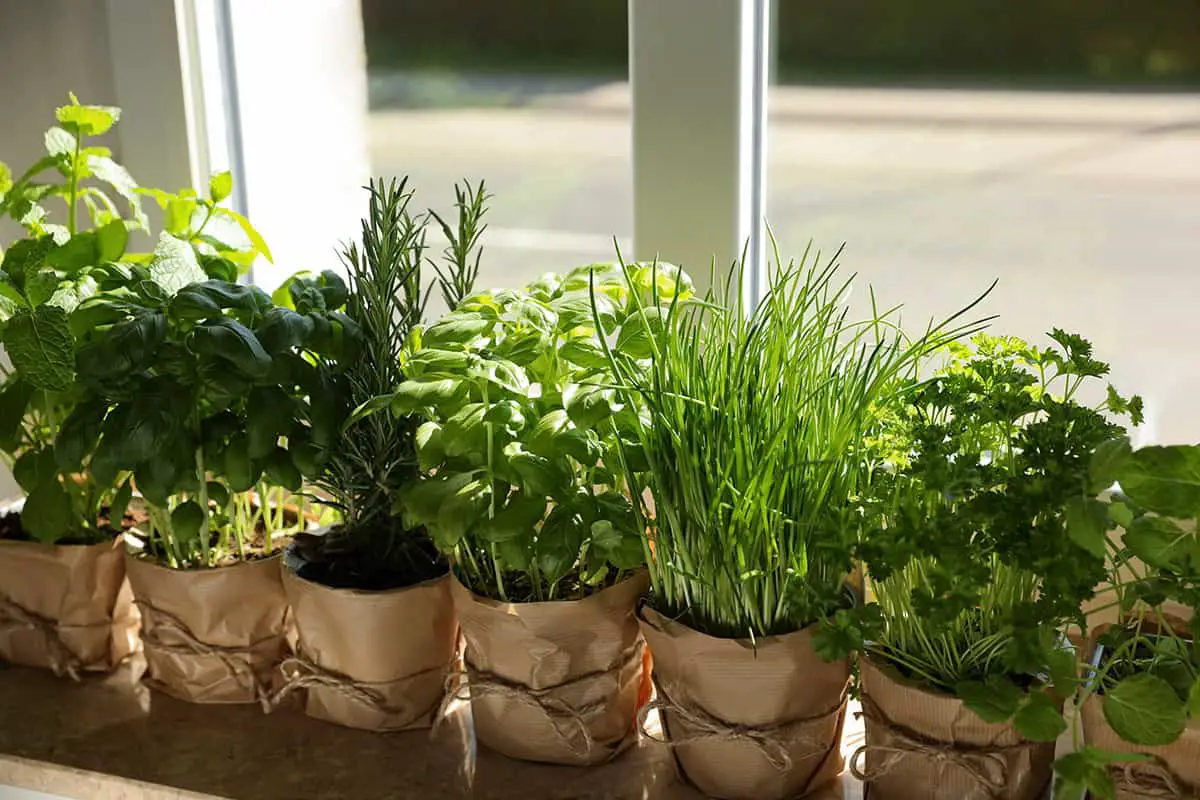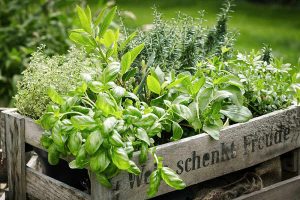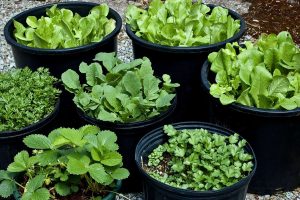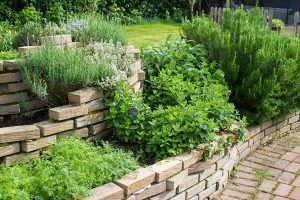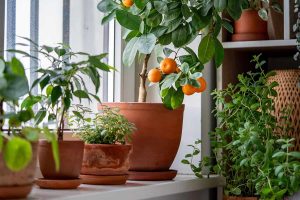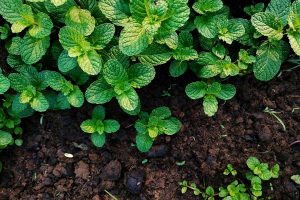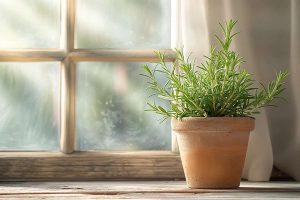In the middle of winter, you find yourself wishing for fresh basil to add to your pasta or a sprig of mint for your tea. Growing your own herbs year-round can make this a reality, no matter the season. Learn which herbs thrive indoors throughout the year and how to care for them so that you always have fresh flavors at your fingertips.
Basil
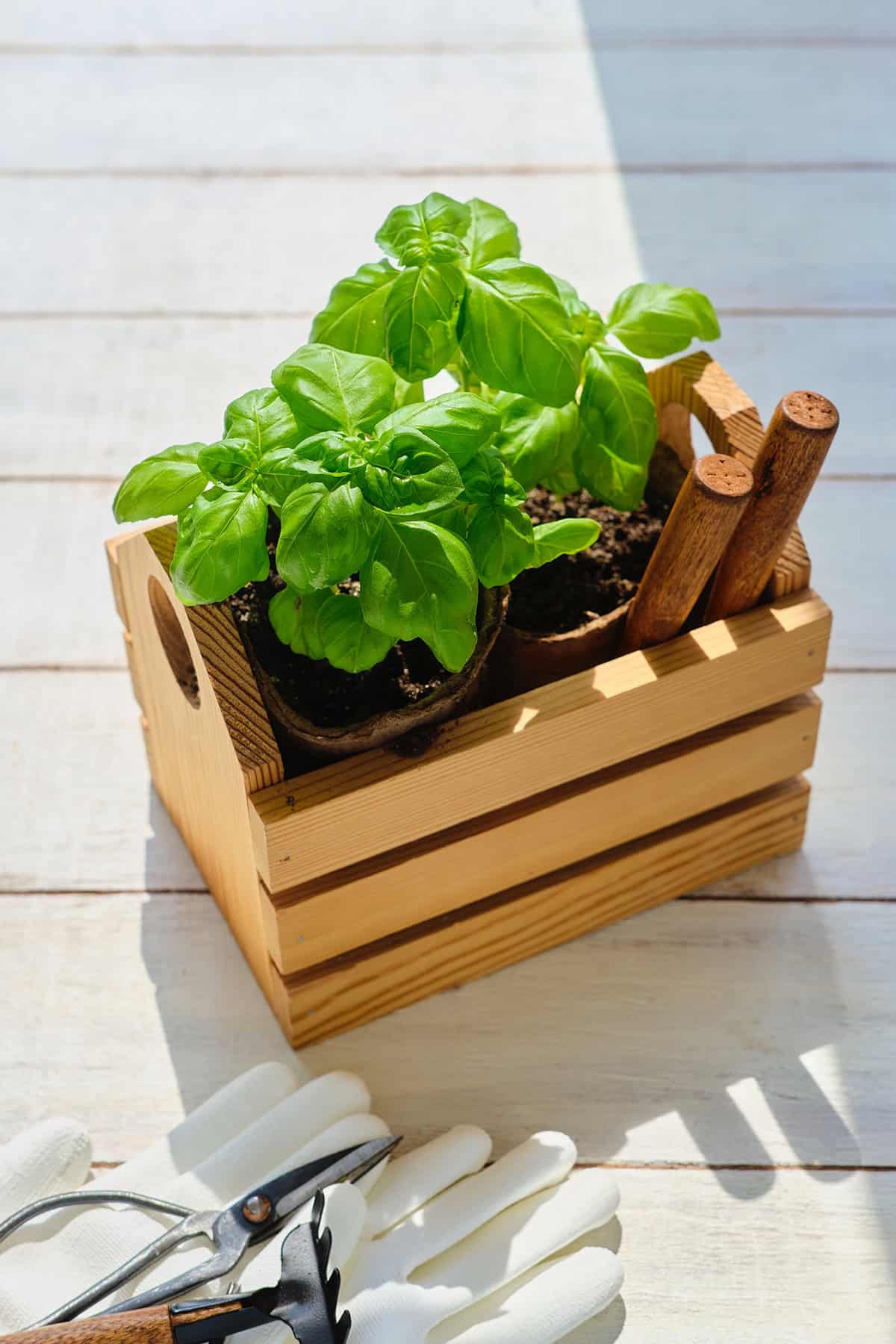
Basil is a versatile herb that you can grow year-round. It thrives both indoors and outdoors, making it a great option for any herb garden.
You can start basil from seeds or seedlings. Sow seeds directly into the ground after the frost period. You can also grow it indoors on a windowsill. Keep the soil moist and place the pot in a sunny spot.
Harvest basil by snipping fresh young leaves as needed. This promotes bushier growth. For a continuous supply, make successive plantings every two weeks. Harvesting can typically begin in about four to five weeks.
Ensure basil gets at least six hours of sunlight daily. If grown indoors, fluorescent lights can also be used. Keep the lights six inches above the plants for about 14 to 16 hours each day.
Basil comes in various types, each with unique scents and flavors. The primary groups include sweet green, dwarf green, purple-leaf, and scented leaf varieties. Different types can vary significantly in size and appearance.
Pests like earwigs and centipedes can affect basil. Watch for bacterial leaf spot as well. Regularly inspect your plants and take action if you notice any issues.
Mint
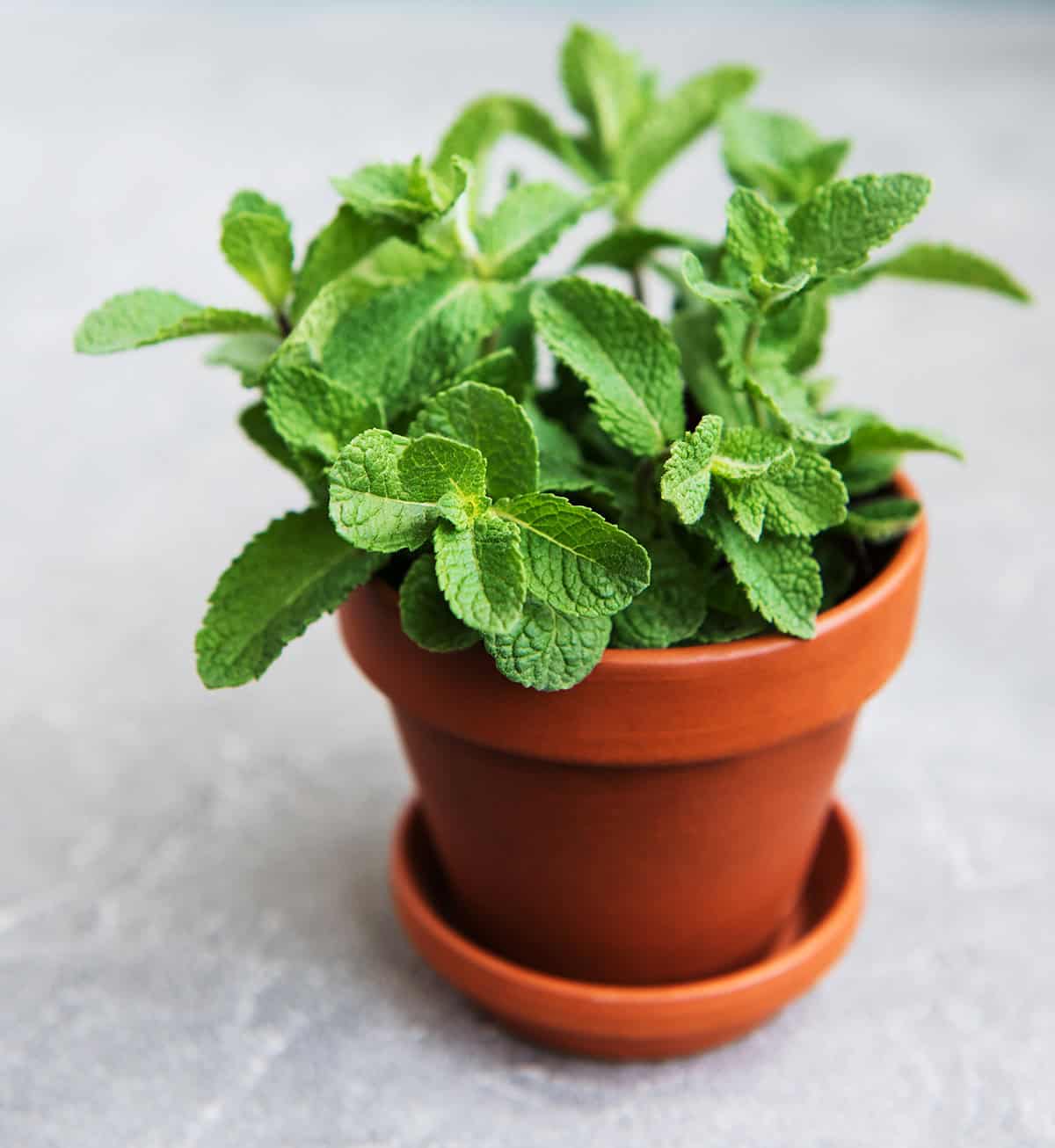
Mint is an ideal herb for year-round gardening. It thrives in moist soil and partial shade. Plant it in a pot at least six inches deep to control its spread. Ensuring good drainage will prevent the roots from becoming waterlogged.
Plant mint indoors if you have a sunny window that gets six hours of light. You can also use LED lamps for 12-16 hours of light. This allows you to enjoy fresh mint all year long.
Mint grows quickly and can become invasive. To prevent this, always grow it in containers. Space your plants about 12 inches apart to give them ample room to grow.
You can propagate mint by cuttings or division. To share with friends, remove mint runners and transplant them. This makes it easy to expand your mint garden without buying new plants.
Once established, mint leaves can be harvested frequently. Regular harvesting promotes bushier growth. Just pinch off the tops of the plant and you’ll encourage more leaves.
Mint is versatile and can be used in various dishes. From drinks to desserts, it adds a fresh flavor to your recipes. Mint also has medicinal benefits, such as aiding digestion.
Thyme
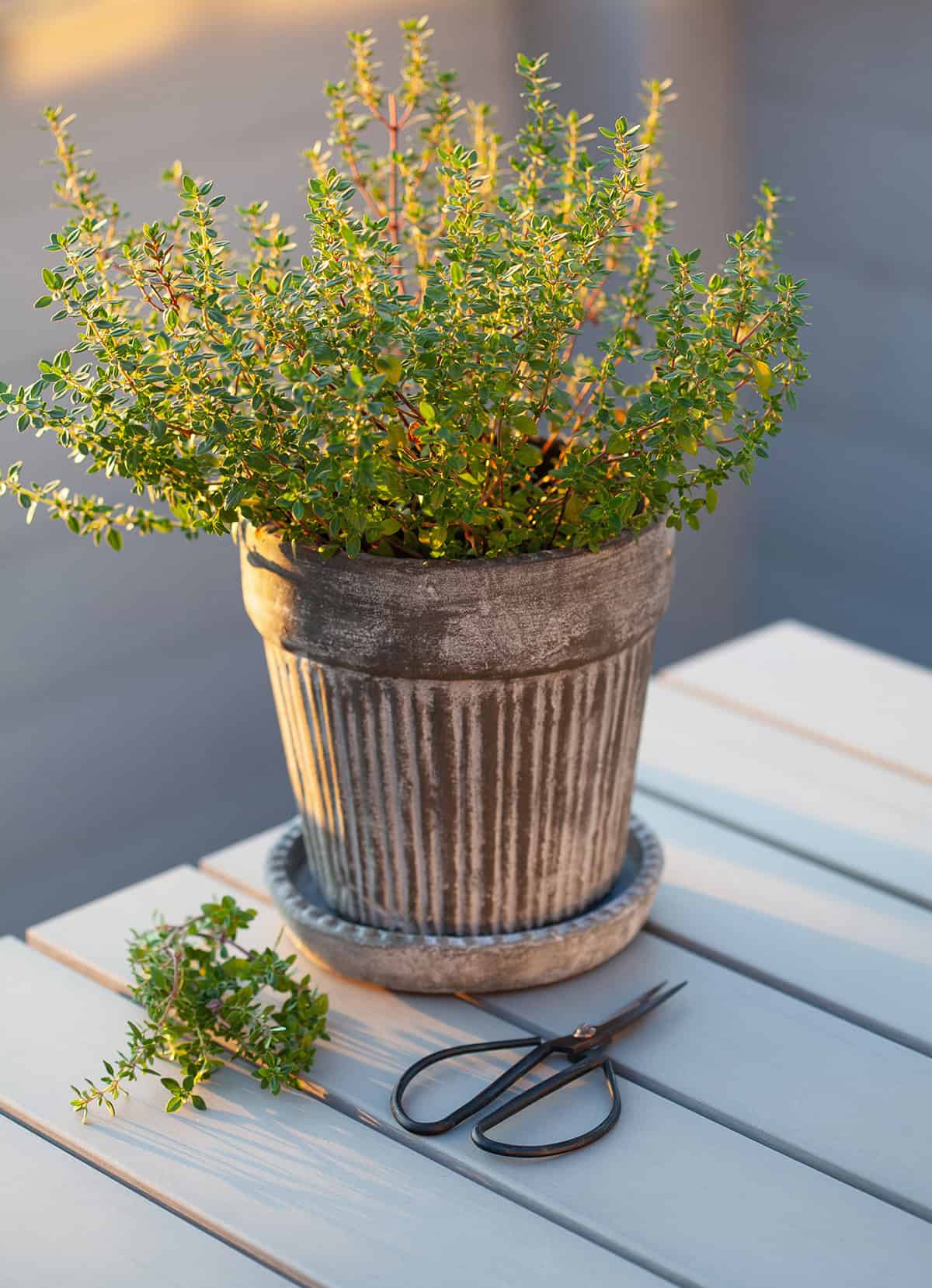
This perennial shrub is native to the Mediterranean and is known for its small, gray-green leaves.
Thyme grows best in full sun and well-drained soil. It can also tolerate drought once established. This makes it easy to maintain even for beginners.
Soil quality is essential. Thyme prefers alkaline soils with a pH between 6.0 and 8.0. Compost helps improve drainage and provides nutrients.
You can plant thyme by seed in late fall or early spring. Raised beds or containers work well if your soil quality is poor.
Thyme is not only culinary but also ornamental. Its small, aromatic leaves have a hint of clove and mint. The flowers range from white to lilac in small clusters.
This herb reaches 6-12 inches in height. It has stiff, woody stems. Regular pruning encourages bushier growth, improving both appearance and yield.
For indoor growth, new products like grow kits make it easier. These include full-spectrum grow lights and hydroponic container systems.
Thyme is highly aromatic when used in cooking. Commonly, it is included in soups, stews, and meat dishes. It’s a staple in any herb garden due to its hardiness and versatility.
Parsley
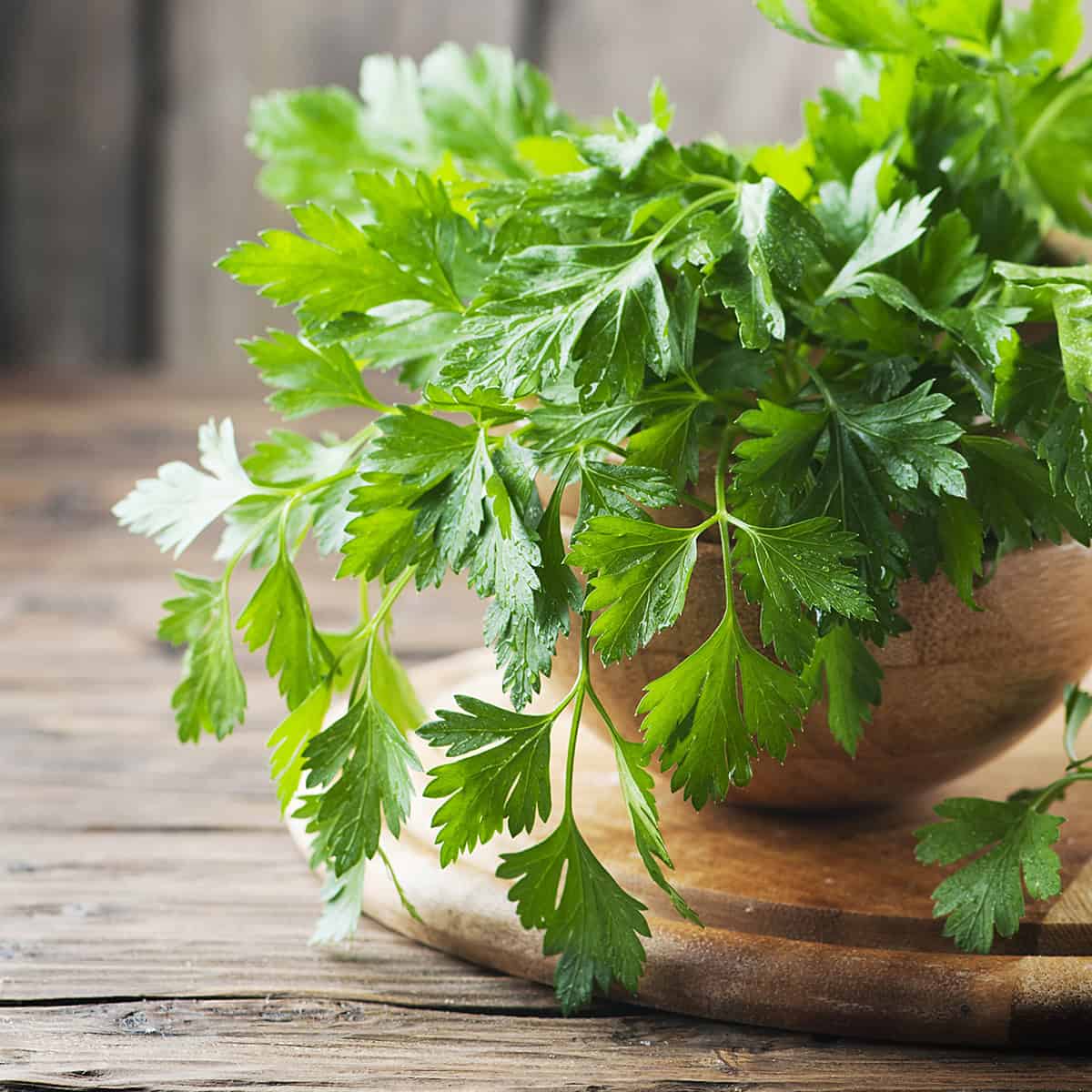
Parsley thrives in well-drained soil rich in organic matter. You can grow it indoors or outdoors.
Parsley can be grown in both full sun and partial shade. If you grow it indoors, place it in a sunny spot to ensure healthy growth. Water deeply at least once a week.
There are two main types of parsley: curly and flat-leaved (Italian). Both types are suitable for many culinary uses. You can use the leaves fresh or dried.
Parsley is a biennial herb. It will produce a flower stalk after its first winter. It’s often grown as an annual in many gardens. If grown outdoors, it’s cold hardy, and can be productive all year.
You can start parsley from seed or transplants. Direct seeding is often the easiest method. Snip off the stalks close to the ground for harvesting, starting with the outside ones.
Hamburg parsley, or root parsley, has an edible root. You can cook or eat the root raw. The leaves have the same uses as other parsley varieties. This variety can be grown the same way as other types.
Chives
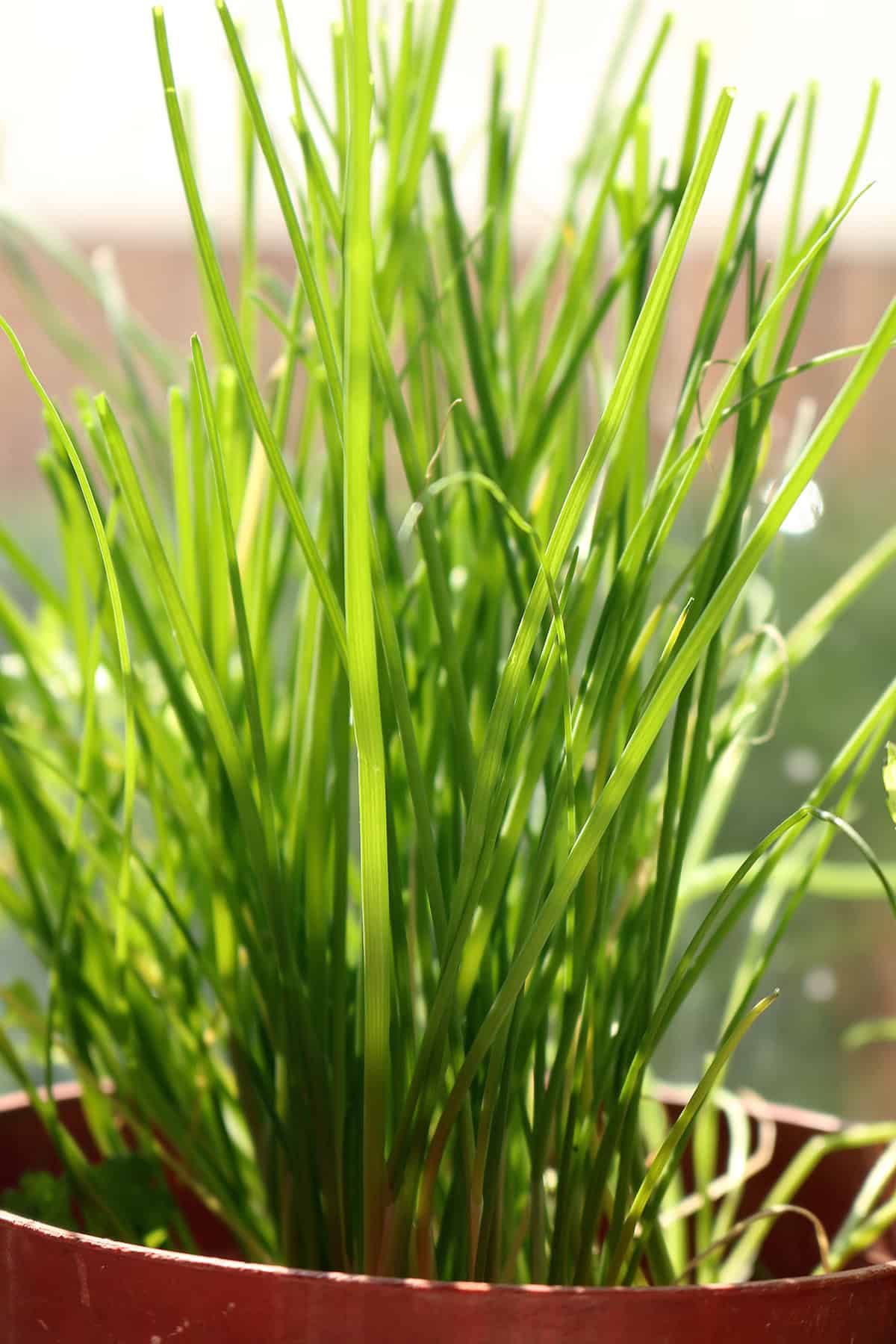
These herbs thrive in full sun and rich, well-drained soil. You can even grow them indoors on a sunny windowsill, making them a convenient choice for both gardeners and cooks.
Chives need at least 4-6 hours of sunlight daily. This helps them grow strong and vibrant. In winter, protect your plants from frost to ensure continual growth.
To maintain high growth, harvest chives regularly. Snip the leaves at the base to encourage new shoots. This keeps the plant healthy and lush. If your chives wilt due to lack of water, a good soaking will revive them within hours.
For best results, plant rooted clumps in spring after the frost danger has passed. Growing chives from seeds can take longer, as they often don’t reach a significant height in the first year. Clump planting is more effective and efficient.
Chives have two main varieties: common chives and garlic chives. Both are easy to maintain and can be harvested year-round by cutting the clumps with garden scissors or shears.
Incorporate chives into your garden for their low-maintenance nature and culinary benefits. Use chives fresh in salads, and soups, and as garnish to add a mild onion flavor to your dishes. The flowers are also edible and can be used to decorate plates.
Cilantro
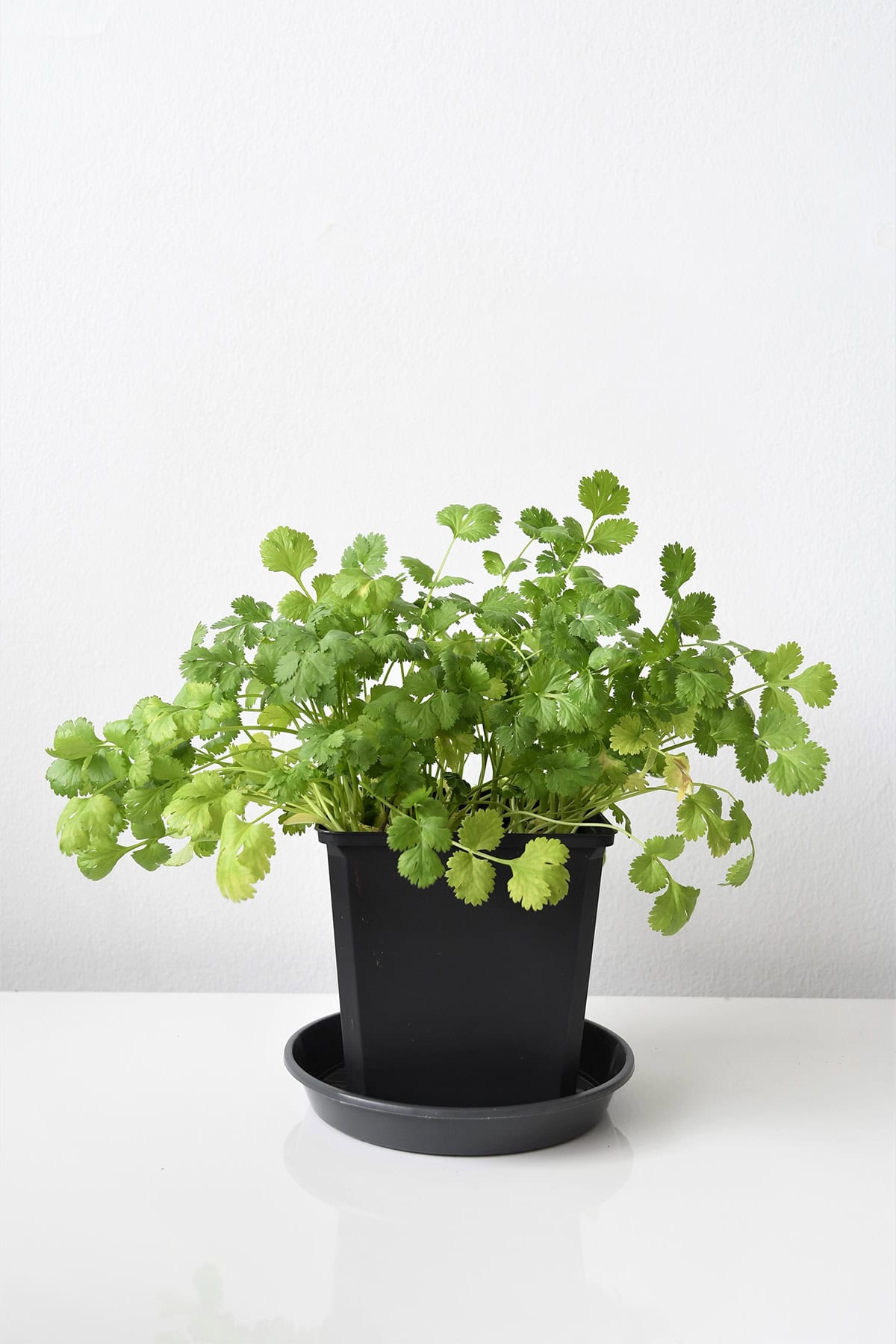
Cilantro has bright green, feathery leaves. This herb adds a fresh, citrusy flavor to dishes.
Cilantro needs full sun to part shade for optimal growth. Plant the seeds in rich, well-drained soil. Water regularly to minimize bolting. Bolting is when the plant flowers too quickly, reducing leaf quality.
For a continuous supply, sow seeds every 2-3 weeks. This avoids gaps in your harvest. Cilantro can also be grown indoors in pots. Ensure the soil is kept moist.
In warm climates like California, cilantro grows year-round. In cooler areas or during winter, indoor growing is recommended.
Cilantro leaves are used as herbs. The seeds, known as coriander, are used as spice. Both leaves and seeds bring unique flavors.
You can space plants about 8 inches apart to allow room for growth. This helps them thrive. Covering fresh cilantro with a plastic bag in the fridge can extend its shelf life for several days.
Cilantro is highly polarizing. Some love its fresh taste, while others find it soapy. This is due to genetic differences in taste perception.
Oregano
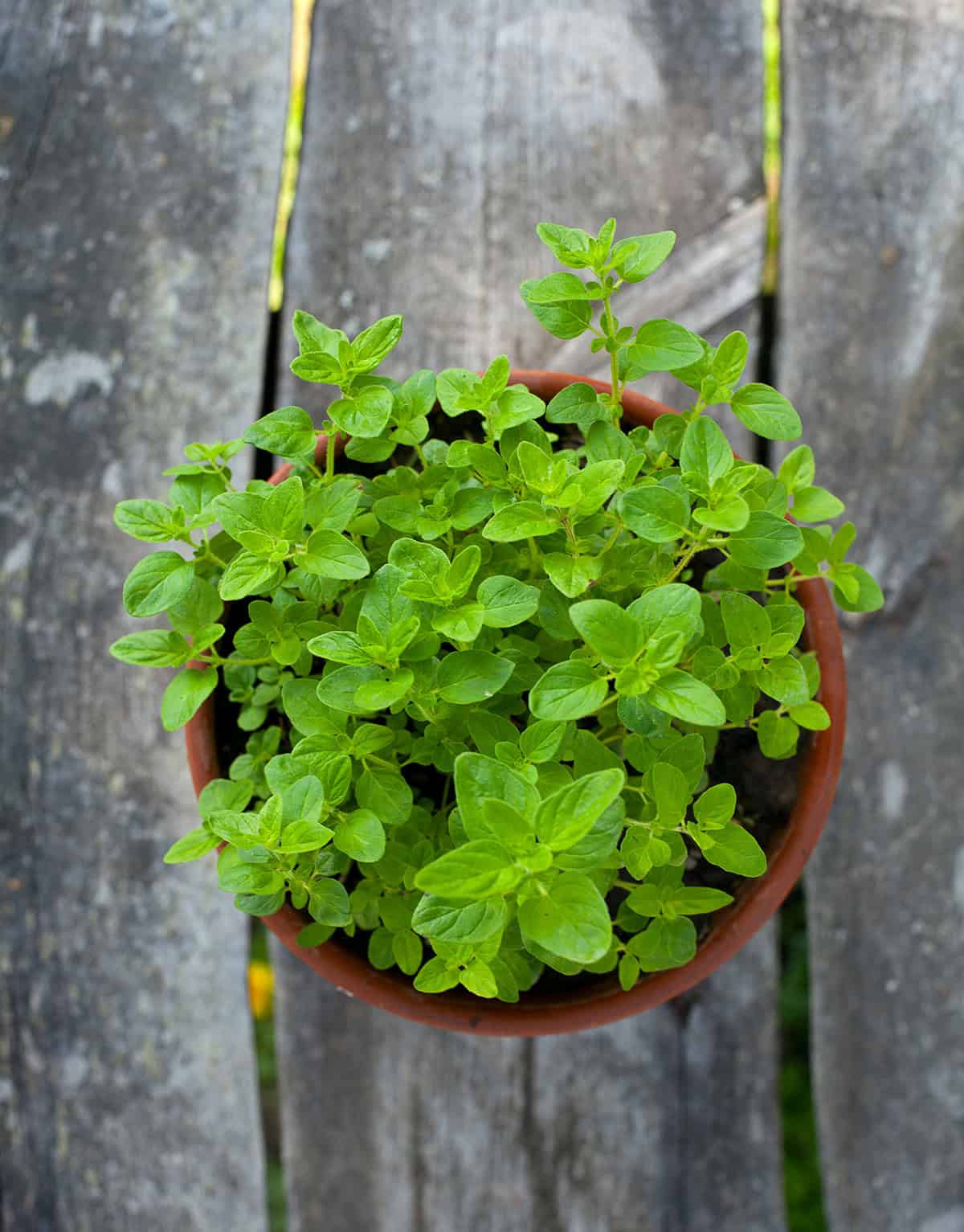
Oregano is one of the easiest herbs to grow year-round. It thrives in Mediterranean climates but can adapt to other regions with proper care. You can cultivate it indoors or outdoors. Ensure you plant oregano in full sun and well-drained soil for the best growth.
Oregano grows from six inches to two feet tall. It has gray-green leaves and tiny purple or white flowers. This herb can be grown from seeds, cuttings, or divisions.
Regular watering is key when growing oregano. Keep the soil moist but not waterlogged. Mulching helps retain moisture and control weeds. Be mindful of overwatering to avoid root rot.
Pest management: Oregano is generally pest-resistant. However, monitor for common garden pests such as aphids or spider mites.
Harvesting: Trim the leaves regularly to encourage bushy growth. Harvest in the morning for the best flavor. Enjoy fresh oregano or dry it for later use.
Incorporating oregano into your garden provides fresh, aromatic additions to your dishes. Plant it alongside other herbs like basil and thyme for a diverse herb garden.
Rosemary
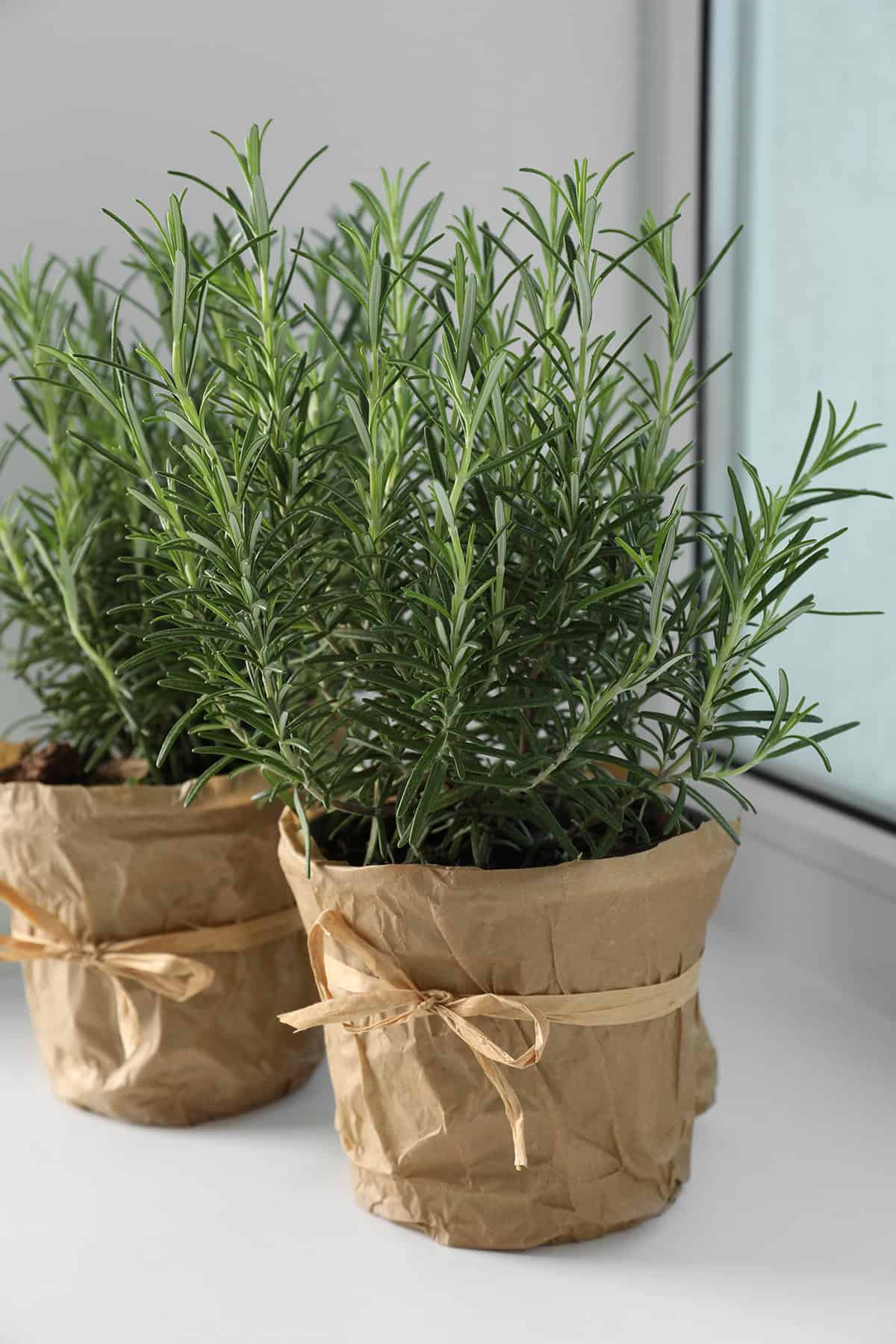
Rosemary is a resilient herb. It’s easy to grow and drought-tolerant. Ideal for novice gardeners, this herb adds flavor to many dishes.
In the garden, rosemary needs full sun. Plant it in well-draining soil. Water sparingly. This herb can be grown outdoors or indoors.
Rosemary plants can become quite large. Prune regularly to maintain shape. Trim to encourage bushier growth.
Wrap rosemary in winter if you live in a cold area. Some varieties, like ‘Arp’ and ‘Hills Hardy’, are more tolerant. For these, only minimal protection is needed.
The leaves are narrow and aromatic. You can use them fresh or dried. They are perfect in marinades, soups, and bread.
Rosemary is resistant to pests and diseases. This makes it a low-maintenance herb. It’s a useful addition to any herb garden.
For indoor growing, place in a sunny spot. Ensure rosemary receives at least six hours of sunlight. If necessary, use a grow light to supplement.
Repot as needed to provide more space. In colder months, protect from frost. Rosemary thrives best with minimal care but regular attention.
Sage
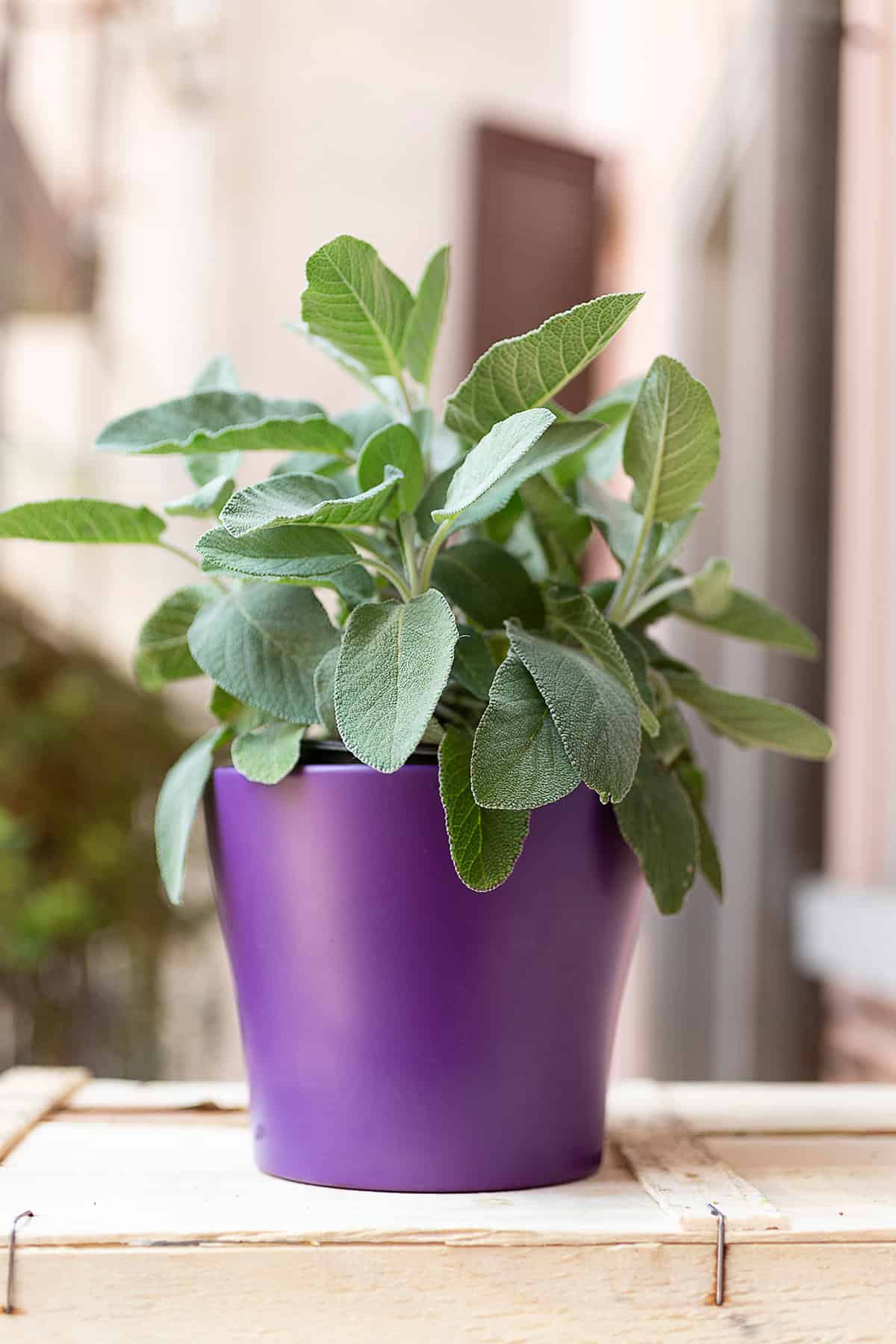
Sage thrives both indoors and outdoors. For indoor growth, place sage in a spot with six hours of bright light. A sunny window works best.
Outdoors, plant sage in well-draining soil. This herb prefers sunny locations. It can tolerate some shade but grows better in full sun. Water it moderately, allowing the soil to dry slightly between waterings.
You can propagate sage through cuttings or divisions. Both methods are straightforward. Take cuttings from healthy plants. Root them in water or potting mix. Divisions can be done anytime, making it easy to expand your garden.
Harvest sage before it flowers. This timing ensures the best flavor. You can use fresh leaves or dry them for later use. Drying is simple: just hang the stems in a warm, dry place. Once dried, store the leaves in an airtight container.
Sage also has ornamental value. It produces beautiful flowers that range in color from white to purple. This makes it a great addition to your garden landscape.
Sage can be grown in containers, making it an excellent choice for small spaces. Use a well-drained potting mix. Ensure the container has good drainage. This setup prevents root rot and promotes healthy growth.
Growing sage is low maintenance. Once established, it requires little attention. Regular pruning helps maintain its shape and encourages new growth. This ensures a continuous supply of fresh leaves.
Lemongrass
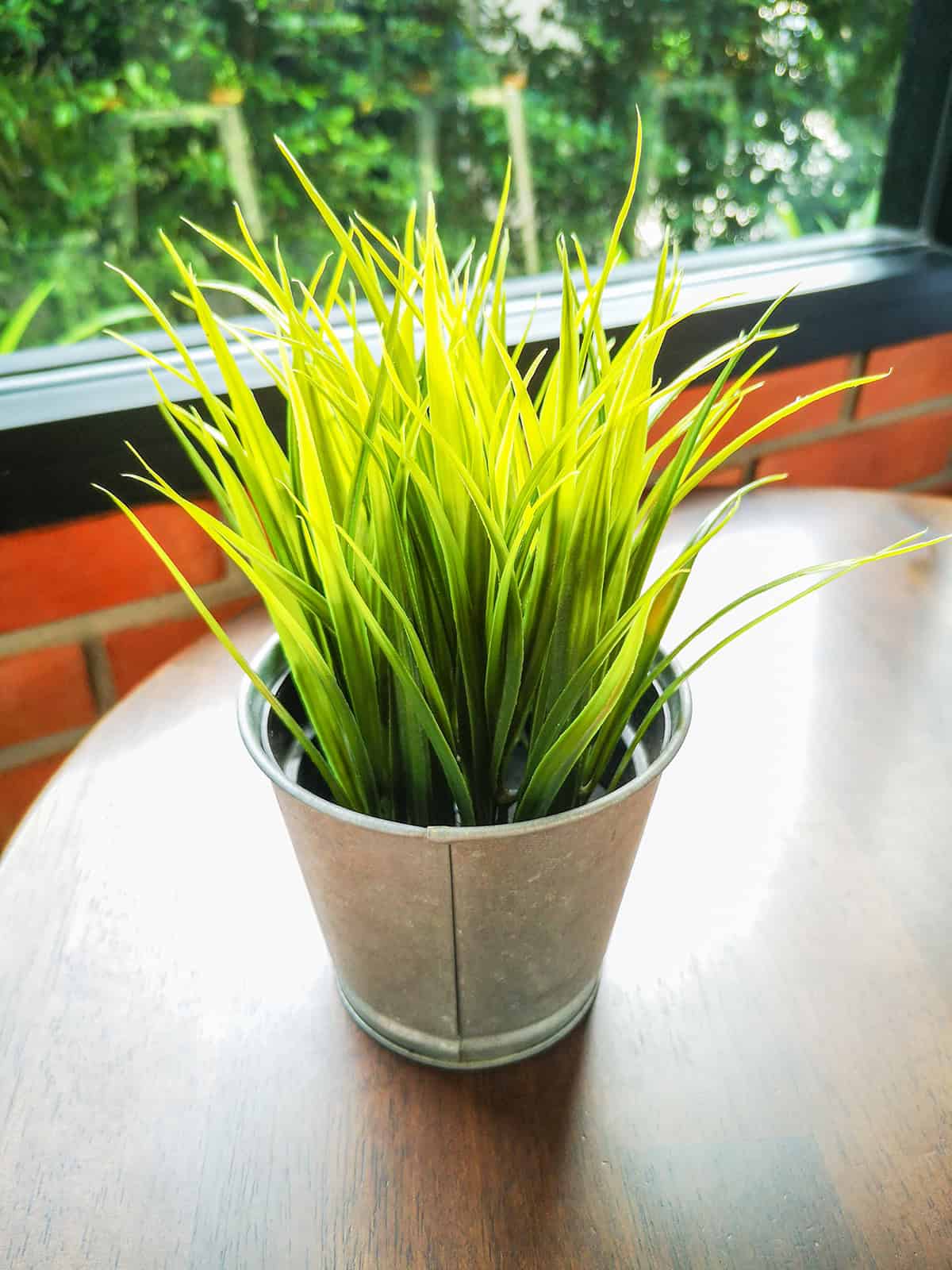
Lemongrass thrives well in full or partial sun. Plant it in well-draining soil.
When growing lemongrass in your garden, space divisions about 3 feet apart. This allows each plant to reach its full size, up to 6 feet tall and 4 feet wide. Proper spacing ensures healthy growth.
For those in cooler climates or urban settings, consider planting lemongrass in pots. A pot with a diameter of 24 inches or larger works best. You can bring it indoors before the first frost.
Keep the soil consistently moist and fertilize regularly. This encourages rapid growth. If growing indoors, place the pot in a bright, sunny window or use supplemental light.
To harvest, cut the stalks close to the root with a sharp knife. Be cautious as the leaves can be sharp, wearing gloves can help. Harvesting promotes new growth and extends the plant’s lifespan.
Lemongrass adds a lemony fragrance to your garden. It also turns deep red or scarlet in fall and winter, adding visual interest. This herb not only enriches culinary dishes but also enhances your garden’s aesthetics.
Bay Laurel
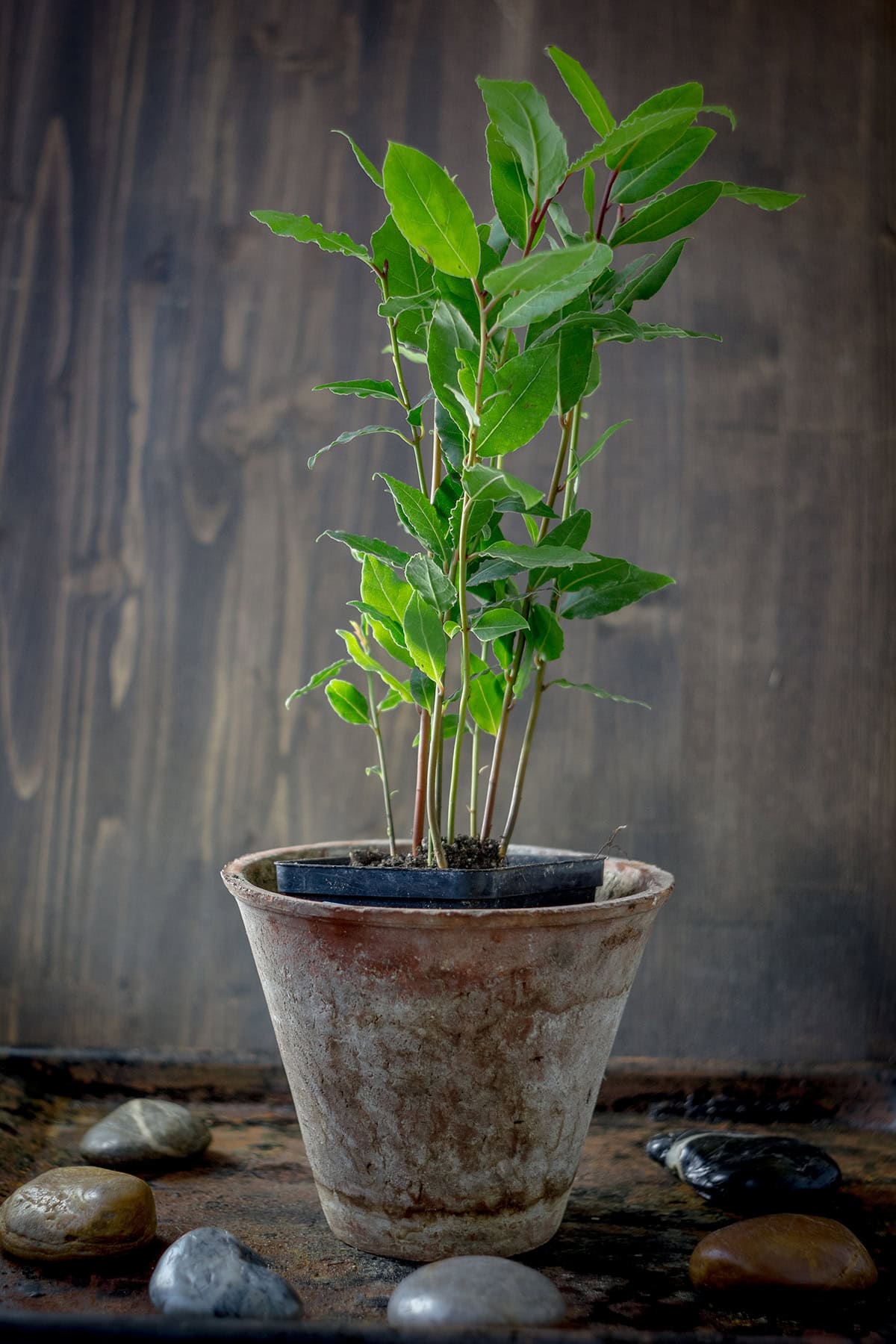
Bay laurel is a versatile, evergreen shrub or tree. It thrives in zones 8 and above and can be grown year-round.
In colder climates, bay laurel grows best in containers. Move the container indoors before the first frost to keep the plant healthy.
Bay laurel can reach heights of 20 to 40 feet if planted in the ground. In containers, its growth remains manageable.
Bay leaves are used to add flavor to various dishes. They enhance the taste of soups, stews, and sauces.
Bay laurel prefers well-drained, rich soil and does well in sunny locations. Ensure your plant has enough sunlight.
For cold protection, place bay laurel near a wall or building. This helps to shield it from harsh winds and frost.
Use the leaves fresh or dried. Note that the flavor is stronger when fresh. Harvest leaves as needed for your culinary creations.
